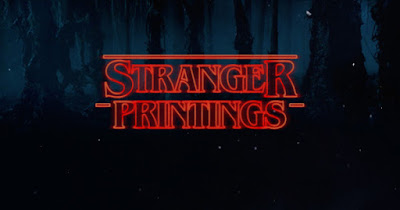"These 10 Million People Explain Why Belgian Colonization Was Literally The Worst."
"What Pythagoreas says about triangles will blow your mind"
"You'll never guess what percentage of your grade comes from test scores!"
What’s going on here? No, WVU hasn’t outsourced curriculum
development to Buzzfeed. These are all tweets from #ClickbaitSyllabus, a
twitter hashtag that was trending earlier this week.
It began when
Colby College professor Laura Seay tweeted:
Thinking of changing the weekly headings on my syllabi to clickbait. "You won't believe this one thing France & Britain did to Africa!"— Laura Seay (@texasinafrica) September 5, 2016
Though Seay was quick to point out in this Washington Post article that her clickbait syllabus was “just goofing around,” she might be on to something. We should remember that the primary function of a syllabus is not to be an engagement tool, but to clearly communicate course requirements. But why can’t it do both? Remember that any time you communicate with your students, you have an opportunity to do so in a unique and memorable way. There's never a bad time to engage your students!

